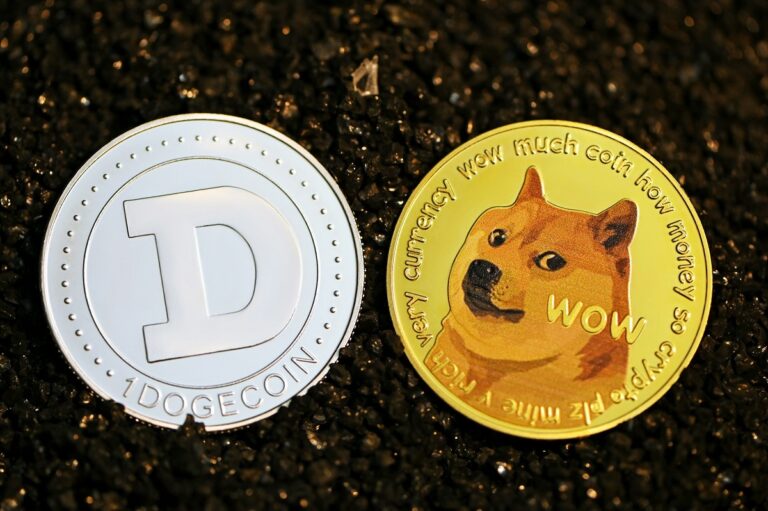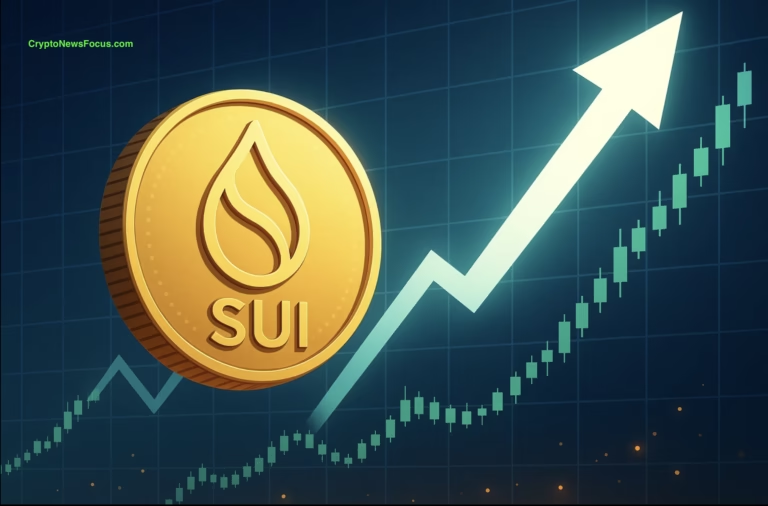
- Ethereum’s price is projected to reach $22,000 by 2030 by global asset manager VanEck, reflecting a 468% increase from its current value, with predictions of Ethereum’s revenue hitting $51 billion.
- The forecast coincides with the SEC’s approval of spot Ethereum ETFs, marking a significant step toward mainstream acceptance and highlighting Ethereum’s potential across finance, technology, and beyond.
In a bold prediction, global asset manager VanEck has forecasted that the price of Ethereum (ETH) will soar to $22,000 by the end of this decade, a staggering 468% increase from its current value. Dubbed as the “digital oil,” Ethereum is seen by VanEck as a revolutionary asset with few parallels in the non-crypto financial world.
VanEck’s recent report underscores Ethereum’s pivotal role in the digital economy, highlighting its capability to disrupt traditional finance and technology sectors. The asset manager projects Ethereum’s revenue to reach an impressive $51 billion by 2030, up from $3.4 billion generated over the past year. This growth is driven by Ethereum’s expanding ecosystem, which already secures over $90 billion in stablecoins and other digital assets.
The bullish outlook on Ethereum comes amidst regulatory developments that could significantly impact its mainstream adoption. The U.S. Securities and Exchange Commission (SEC) recently approved eight applications for spot Ethereum ETFs, signaling a major milestone for the cryptocurrency’s acceptance on Wall Street. This move is expected to bring substantial liquidity and investor interest into Ethereum, potentially further boosting its market value.
VanEck also highlighted Ethereum’s potential outside the realm of cryptocurrencies, suggesting its applications in sectors like finance, banking, payments, infrastructure, artificial intelligence, and even social media and gaming. The firm estimates Ethereum’s total addressable market at an impressive $15 trillion, underscoring the broad scope of its potential impact.
“ETH is more than just programmable money; it’s a yield-bearing commodity and an internet reserve currency,” VanEck’s report stated. These attributes make Ethereum a cornerstone of its own financial ecosystem, with significant implications for both developers and investors alike.
One of the most intriguing aspects of Ethereum is its use of gas fees, which are essential for executing transactions and smart contracts on its network. VanEck noted that these fees not only drive demand for Ethereum but also reduce its circulating supply through burning, potentially creating a deflationary effect that could further drive up its price.
Looking ahead, Ethereum’s role in challenging tech giants like Google and Apple is also gaining attention. By providing a platform for developers to create decentralized applications (dApps) and smart contracts, Ethereum stands to disrupt the app revenue models of these companies, which currently take a significant cut from developers’ earnings.
As Ethereum continues to evolve, its influence is expected to grow across various sectors, from finance to entertainment, thanks to its robust blockchain technology and decentralized structure. With the approval of Ethereum ETFs, the door has been opened for a new wave of institutional investors to enter the market, potentially propelling Ethereum towards VanEck’s ambitious price target of $22,000 by 2030.
We've raised our 2030 ETH price target to $22K, influenced by ether ETF news, scaling progress, and our read of onchain data. Additionally, we've analyzed how ETH and BTC perform in both traditional and crypto-only portfolios for optimal returns. @Matthew_Sigel @Patrick_Bush_VE…
— VanEck (@vaneck_us) June 5, 2024
Ethereum’s journey from a niche cryptocurrency to a cornerstone of the digital economy appears set to continue, with significant implications for investors and technology enthusiasts alike. As regulatory hurdles are overcome and its utility expands, Ethereum’s potential to redefine global finance and technology seems more promising than ever.




